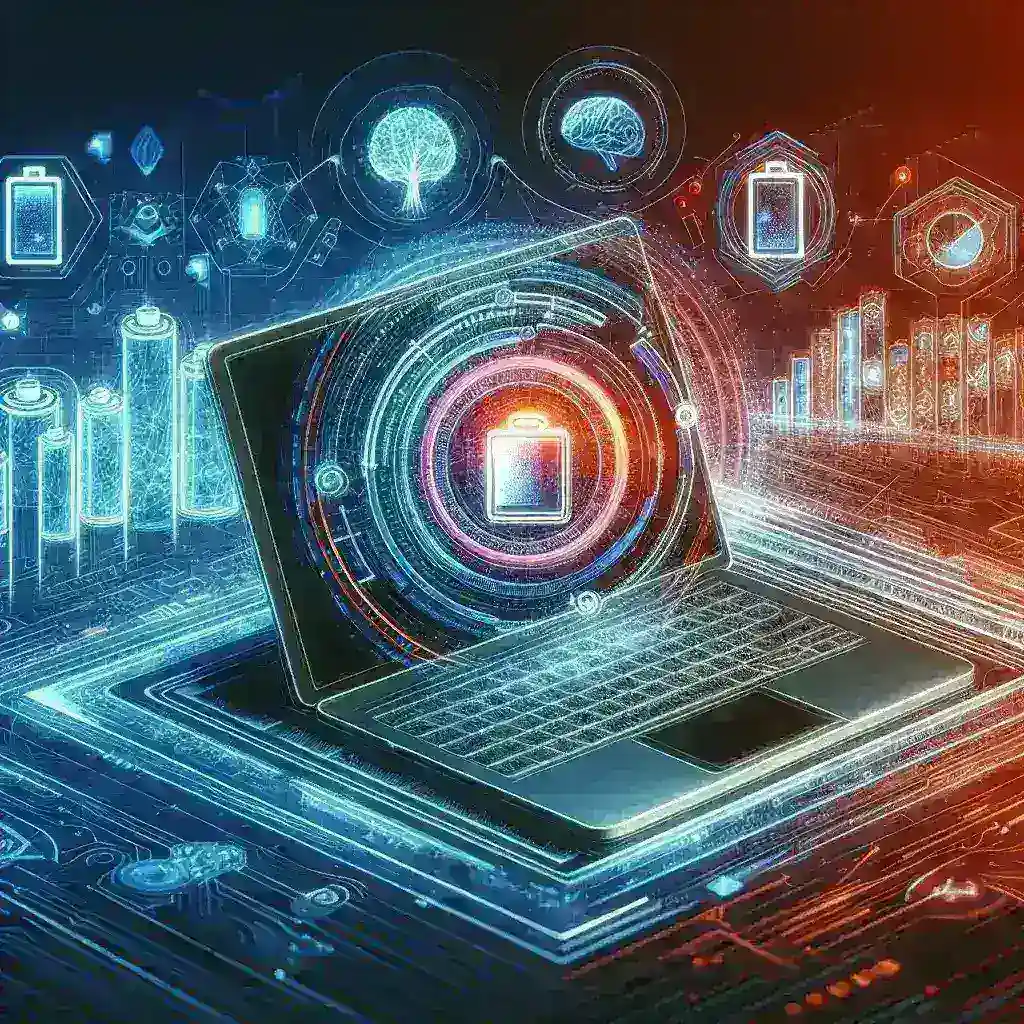Introduction
As technology advances, the demand for more efficient and powerful laptops continues to grow. One of the key areas of focus is improving standby efficiency, which directly impacts battery life and overall user experience. With the rise of AI, new power gating tricks are being developed to optimize how laptops manage power consumption while in standby mode. This article dives deep into these AI-driven techniques and how they will shape the future of laptops.
Understanding Power Gating
Power gating is a technique used to reduce power consumption by turning off power to certain components when they are not in use. This is crucial for laptops that aim to extend battery life without sacrificing performance. Traditional power gating methods involve static control, where specific circuits are entirely powered down based on certain conditions. However, as laptops become more complex, the need for dynamic control has emerged.
The Role of AI in Power Management
AI has introduced a paradigm shift in how power management is approached. By utilizing machine learning algorithms, laptops can analyze usage patterns and make real-time adjustments to power consumption. This capability allows for more nuanced power gating strategies that can significantly enhance standby efficiency.
Adaptive Power Gating
Adaptive power gating leverages AI to monitor and learn from user behavior. For instance, if a user frequently accesses specific applications, the AI can keep the relevant components powered, while shutting down those that are not in use. This dynamic approach contrasts sharply with traditional methods, which may not adjust to individual usage patterns.
Predictive Power Management
Another fascinating AI technique is predictive power management. By analyzing historical data, AI can anticipate when a laptop will be used next and prepare accordingly. For example, if a user typically starts their laptop at 8 AM, the AI can ensure that components are powered up shortly before that time, reducing the amount of time the laptop spends in a high-power state.
Benefits of AI Power Gating
Implementing AI-powered techniques for power gating offers several notable advantages:
- Improved Battery Life: By optimizing power consumption, AI can extend battery life significantly.
- Enhanced Performance: Components can be activated on demand, providing a seamless experience without lag.
- Reduced Heat Generation: Minimizing power usage leads to lower heat output, which is beneficial for the longevity of laptop components.
- Environmental Impact: Efficient power consumption can reduce the carbon footprint associated with laptop production and usage.
Challenges in Implementing AI Power Gating
While the benefits of AI power gating are clear, there are also challenges that manufacturers face:
- Complexity: Integrating AI into existing systems requires significant engineering effort and expertise.
- Cost: Developing advanced AI algorithms and integrating them into laptops can increase manufacturing costs.
- Dependability: Users must trust that AI will make the right decisions regarding power management, which can be a barrier to adoption.
Future Predictions for AI Power Gating
Looking ahead, the integration of AI in power gating is expected to evolve in several exciting ways:
- More Personalization: As AI becomes more sophisticated, laptops will offer highly personalized power management settings based on individual user habits.
- Integration with IoT: Future laptops may communicate with other smart devices, allowing for optimized power usage across an entire home or office.
- Increased Automation: AI will automate more processes, reducing the need for manual user intervention when it comes to power settings.
Conclusion
The exploration of AI power gating tricks presents a promising avenue for enhancing standby efficiency in future laptops. As manufacturers invest in these technologies, users can expect longer battery life, improved performance, and a more seamless computing experience. The marriage of AI and power management is not just a technological advancement; it is a step towards a more efficient and sustainable future for portable computing devices.

